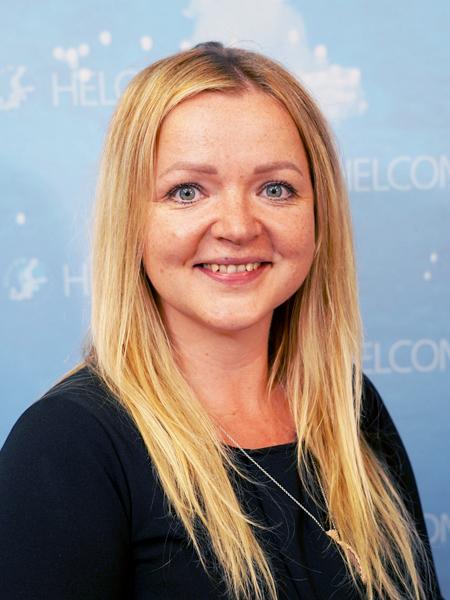HELCOM RED LIST II
HELCOM project for reviewing and updating the threat status of species and habitats/biotopes in the Baltic Sea.
Objectives
The aim of the HELCOM RED LIST II project is to review the status of species and habitats/biotopes in the Baltic Sea and identify those under threat of extinction. The work is done based on the outcomes and lessons learned by the previous HELCOM Red List project finalized in 2013 and utilizing the updated HELCOM Checklist of Baltic Sea macro species 2.0.
Overall description
Regularly reviewing the status of Baltic Sea species and habitats/biotopes will enable the tracking of long-term trends in the status of the Baltic Sea biodiversity and show changes in the status of species and habitats/biotopes. This will, for example, enable assessing whether actions taken to halt the loss of biodiversity have been effective.
Like all HELCOM assessments, an updated Red List assessment functions as an integral part of keeping track of the progress and effectiveness of HELCOM commitments and can help to increase the effectiveness and efficiency of measures by targeting areas or species identified to be of priority. The Red List is intrinsically linked to a broad set of commitments, both within HELCOM and beyond, and would provide relevant information for assessing the fulfilment of the updated HELCOM Baltic Sea Action Plan, HELCOM Recommendations 37-2 and 40-1, as well as several Recommendations targeting relevant species directly, commitments under the Convention on Biological Diversity (CBD), the EU Biodiversity Strategy, and UN Sustainable Development Goals.
An updated assessment of the Red List of species and habitats/biotopes would provide a reference point for those CPs not currently planning Red List work, as a regional assessment shows the trend of the assessed species and habitats/biotopes throughout its distribution, not only in the areas in which new data has been collected, and incorporates increased understanding of the assessment procedure overall, as well as of other linked parameters, in addition to any available new data. Based on the current knowledge gaps and needs, assessments for macrophytes and benthic invertebrates on a HELCOM level is much needed. The results from an updated Red List are also a prerequisite to addressing other related topics, such as MPA related assessments, possible effects of climate change, and ecosystem services etc.
Expected outcomes
1. Composing HELCOM Guidelines for Red List assessment and use of Categories and Criteria, based on available guidance material.
2. Developing a regional tool for area of occupancy (AOO) and extent of occurrence (EOO) calculations.
3. Producing updated assessments of Red listed species (macrophytes, benthic invertebrates, fish and lamprey, birds, and marine mammals) in the HELCOM area, based on the previous HELCOM Red List assessments finalized in 2013 and the updated Checklist of Baltic Sea macro species, published in 2020, as well as reviewed and, where needed, updated Species Information Sheets.
4. Producing updated assessments of Red listed habitats/biotopes in the HELCOM area, based on the previous HELCOM Red List assessments finalized in 2013, as well as a review and, where identified based on new data, improvement of the underlying HUB classification to support the assessment.
Project duration
1 August 2022 – 31 December 2024
Contact

Agnes Unnuk
HELCOM Project Coordinator
agnes.unnuk@helcom.fi
+358 44 714 2976
